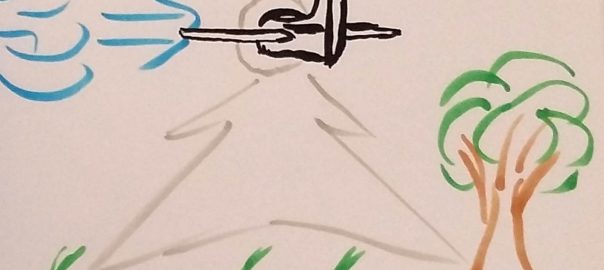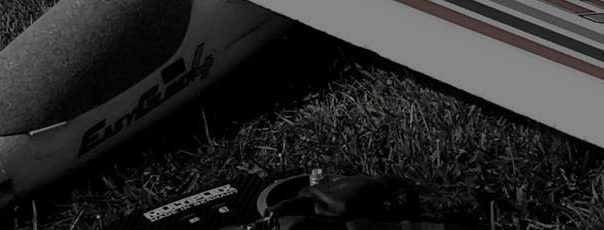One of the first lessons that each model aircraft flyer learns is that we’re dependent from the weather. Sunshine results in thermal lift or favorable wind conditions at cliffs.
Precipitation is so detrimental for most model aircraft, that it interrupts or downright cancels a flight day.
Particulary light-weight models are susceptible to wind. The lighter they are, the farther they are displaced above ground by the slightest breeze. In the very first flying lesson, we get taught: Take off and land against the wind. Tailwind and Crosswind are unfavorable or outright dangerous.
For me, Crosswind is fun!
Crosswind makes the flight day more interesting because it poses an additional challenge to my flying skills. It also prevents boredom since each time it’s somewhat different. I’d like to sketch out how to discern crosswind and how to make use of it.


